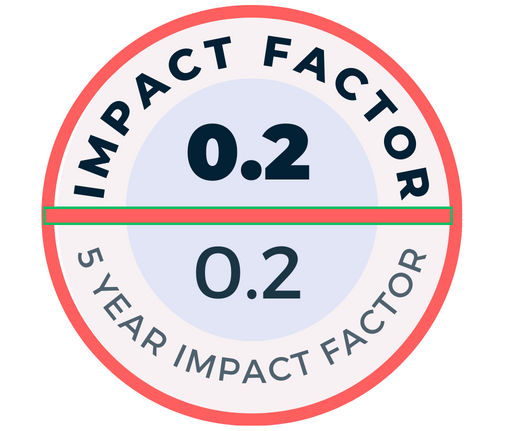AIM: Development of de-novo anti-HLA antibodies in the post-transplant period might be the earliest finding of later chronic antibody mediated rejection. In this study, we aimed to investigate the incidence and risk factors of de-novo anti-HLA antibodies in our kidney allograft recipients.
MATERIAL and METHODS: After exclusion, 91 (64M/27F) patients having functional graft and negative HLA antibody before the transplantation were taken into the analysis. Anti-HLA antibodies were evaluated by the Luminex method.
RESULTS: Duration of posttransplantation time was 38±31 months and the mean age was 38±10. Mean estimated glomerular filtration rate (GFR) was 68±19 ml/min, and the biopsy proven acute rejection rate was 15.2 %. Anti- HLA antibody was observed in 12 patients (13.1%). When the anti-HLA antibody positive group was compared with the negative group, estimated GFR (58±26 ml/min vs. 69±18 ml/ min, (p=0.05)), living donor/cadaveric donor (5/7 vs. 66/13 (p=0.004)), and acute rejection (6/12 (%50) vs. 8/79 (%10.1) (p=0.002)) were significantly different between the groups. Deceased donor and acute rejection were independent risk factors for development of anti-HLA antibody (p=0.008 and p= 0.004, respectively) on multivariate analysis.
CONCLUSION: In conclusion, anti-HLA antibody can be seen after renal transplantation even in stable patients. Acute rejection and deceased donor transplantation are the major risk factors for development of anti-HLA antibodies.

.png)



.png)
